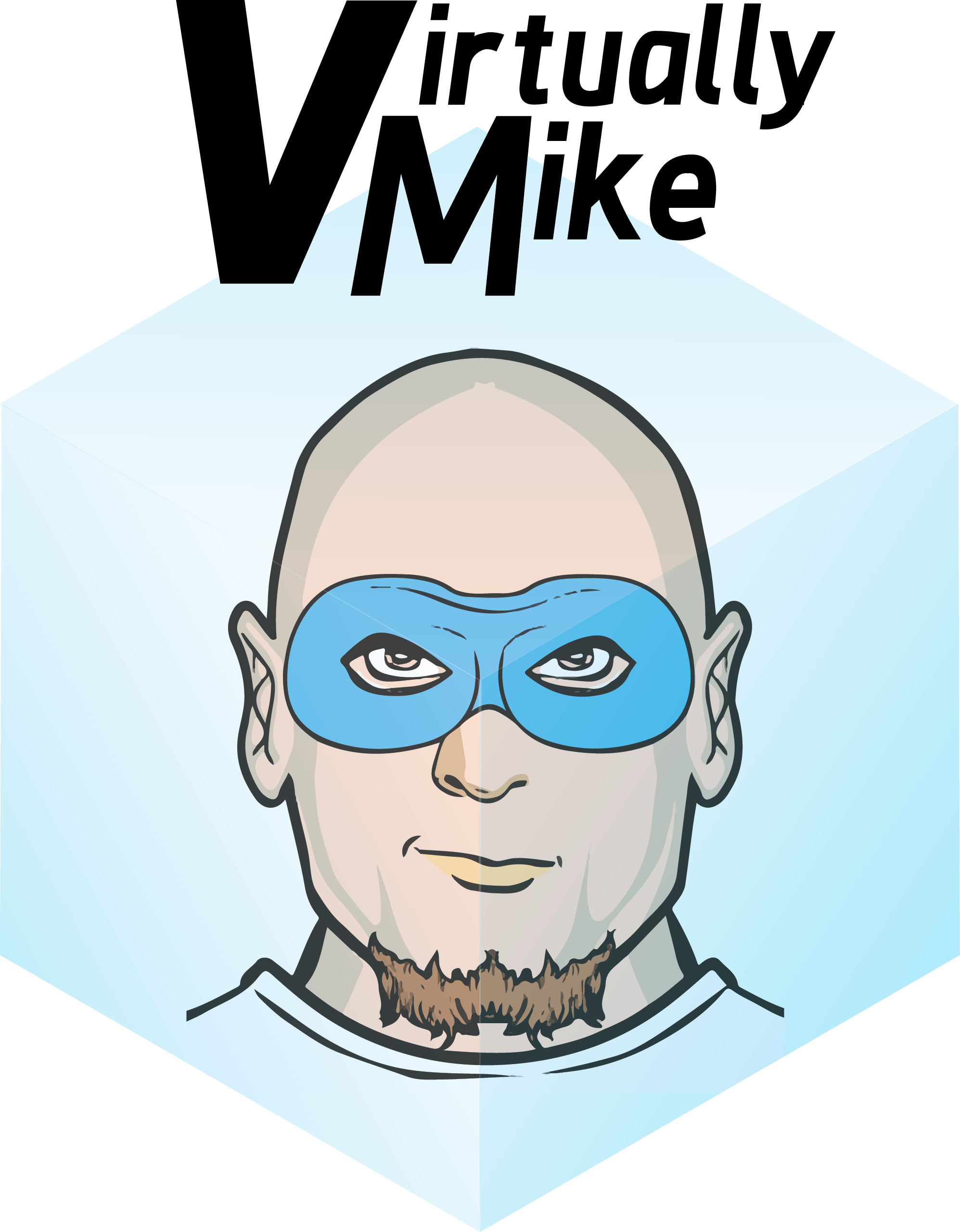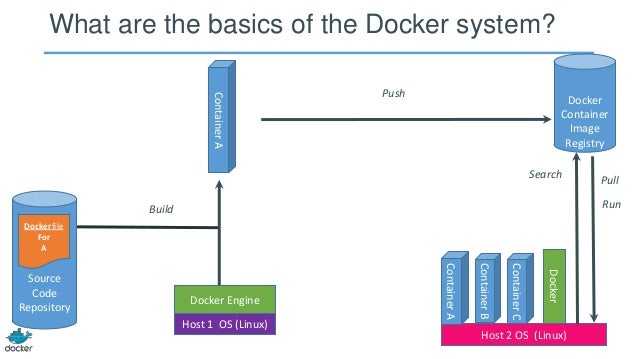I was at a meeting recently with both the security and virtualization teams in the room and they were having trouble connecting security policies and objects that lived in each of their realms. A colleague of mine refers to this as the Rosetta Stone problem in which the security team is usually speaking a different language than the others. What is seemingly important to one team usually doesn’t resonate with the other. The two then become disconnected and one of the biggest advantages an IT team has, information sharing, can be completely lost.
So I came up with an analogy to try and help bridge the gap. Instead of looking at things in terms of IPS/IDS policy, firewall rules, vApp’s, or vDS’s, let’s think about attributes and behaviors of the one element that all teams share in common: the user. If we look at how, say medical insurance polices, are written, every trait about a person is considered and this is the core of what the policy is made up of and also how much it costs (it always comes down to dollars, right?). What if we did the same thing for security policies? If each group or piece of infrastructure that we are trying to secure could communicate back elements about a user, we could combine these all together so not only would we have a more comprehensive security policy, but we would also be speaking the same language.
In this model, security policies now become much more dynamic and rulesets that are active across devices are much more adaptive. You can move from having an environment-wide VDI policy for internal users to having a virtual machine whose policy and access level changes to fit each user as they login or logoff. This not only closes many of the gaps we have with current “Swiss cheese” firewall or security device policies, but it also locks down many communication paths that are most likely unprotected today to the most restrictive set.
I mentioned information sharing before and this is really where open standards and integration between all the security tools in an environment can play well together. The first advantage here is the ability to enforce consistent policy based on user identity across an entire infrastructure. These can be things like Active Directory Group, geographic location, login history, the nature of the access request, etc. All these ingredients can be combined together into something like a recipe that dictates what the security policy should be. For example, the security policy being enforced if I’m sitting in an office accessing servers in the datacenter or if I am connecting from an airport in a new country that I’ve never traveled to could be very different.
The other big advantage of this user-centric approach to security is the increased information flow between solutions. If you think of all the security controls in your environment as a chain of services instead of individual pieces, information about what actions have been taken or what user identity attributes are present can be passed along this chain. This now allows for a device down the line, say Device C, to make a decision or modify policy based on outcomes that have already been produced by Devices A and B. Not only can each control now be smarter by utilizing this additional information, but now you get a global view and enforcement of security policy that is making smarter decisions.
Now notice I didn’t mention any product names…that was on purpose. We’re still getting there within the ecosystem of solutions. Whether it’s open source tools, open API’s, or just vendors working together for these integrations, I hope that shifting our viewpoint from being more device-centric to the magnifying glass now being focused on the actual user will result in better solution collaboration and a wider adoption of newer security technologies. Additionally, if security teams are less isolated from being left out of the design process and also if their reputations can be a little less tarnished from all this, it wouldn’t hurt either 🙂
Brian has been an IT professional for over 10 years in various customer-facing consultancy and technical roles. He specializes in virtualization, networking, and security technologies and holds various industry certifications such as: VCAP5-DCA/DCD, VCP4/5, VCIX-NV, and CISSP. He has authored multiple courses on networking and security topics and is an active member in the industry communities. Brian was also nominated as a VMware vExpert for the past 4 years for his work within the VMware and partner communities. He currently works as a security and compliance specialist for the NSBU within VMware.



 M: “At the end of ever episode Timmy, the boy who owned Lassie learned a lesson in the form of a speech that his dad gave him. South Park uses this in all of their episodes where Stan and Kyle reminisce on the lessons of the episode. We call this a ‘SoYaSeeTimmy’. The point is no one learns the lesson while they are going through the adventure, they learn after the fact.”
M: “At the end of ever episode Timmy, the boy who owned Lassie learned a lesson in the form of a speech that his dad gave him. South Park uses this in all of their episodes where Stan and Kyle reminisce on the lessons of the episode. We call this a ‘SoYaSeeTimmy’. The point is no one learns the lesson while they are going through the adventure, they learn after the fact.” e to think of it as a new building construction. Your business has decided it’s ready for it’s own office space and the size of with warrants new construction. The business has set needs, sq footage being the most likely initial defined requirement.
e to think of it as a new building construction. Your business has decided it’s ready for it’s own office space and the size of with warrants new construction. The business has set needs, sq footage being the most likely initial defined requirement.